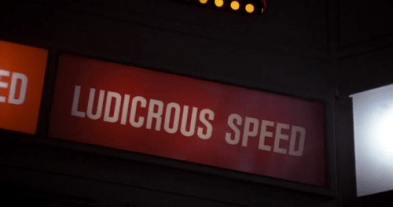I had the honor to present on a “disruptive” topic at the Grow2012 conference last month in Vancouver, and, big surprise, I opted to talk about TV. I decided to take a bit of a departure from many of my typical presentations and focus on the myths and truths (or at least truthiness) about disruption in the TV industry, with a focus on how our mobile lifestyles are changing the way we think about television. Here’s the video (and slides):
Slides:














